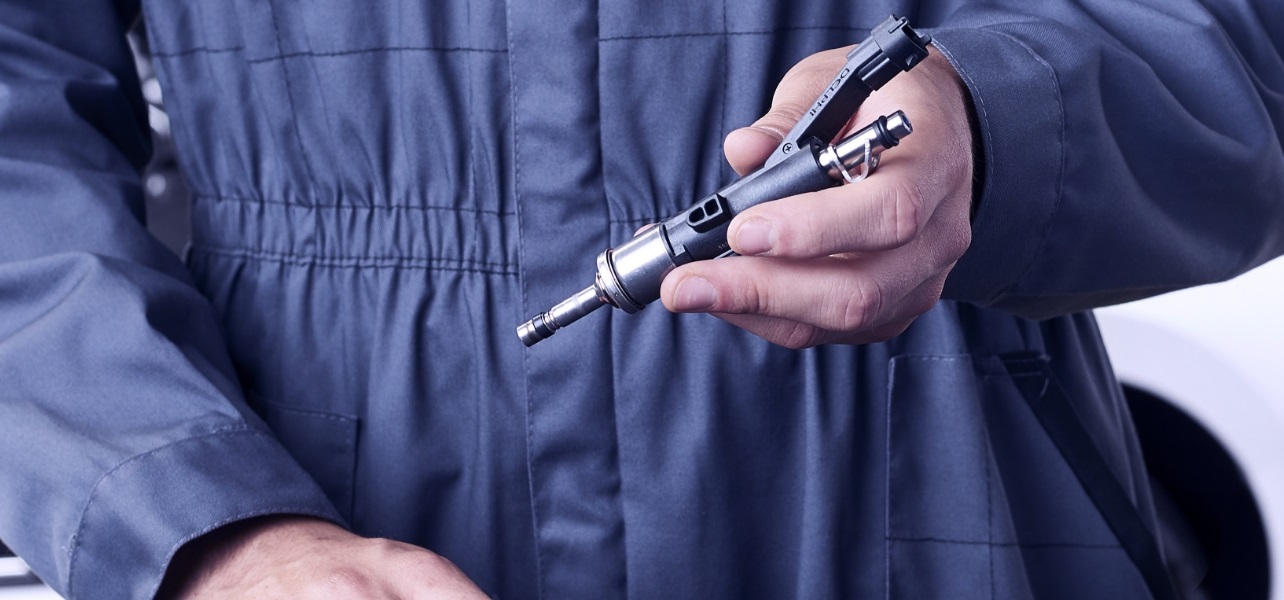Resource Highlights
In this article, you will find out about Brake Fluid and Lubrication Levels.
The amount of brake fluid in the system must remain consistent, or else braking will become unresponsive.
One way in which fluid is typically lost is when it evaporates.
Fortunately, Delphi's brake fluid has a higher boiling point than any other on the market, so you can be confident that it will still be there when you need it most.
Lubricant
Cylinders and pistons require constant lubrication to ensure their effective operation.
Polyglycols such as polyethylene are used as the lubricant base for many reasons including resistance to evaporation, excellent viscosity temperature characteristics, stability, good lubricity, low pour points and inertness to polymers.
Diluent
Diluents are used to ensure excellent performance of the fluid even at low temperatures.
Glycol ethers are the most widely used solvent-diluents for synthetic brake fluids due to their high boiling points plus low and stable viscosity. This component forms the bulk of a brake fluid and must be non-corrosive and inert to polymers.
Inhibitors
Inhibitors are employed for two main reasons: to prevent corrosion of the braking system and to control oxidation of the fluid itself.
SIGN UP TO FIND MORE
Fill up your details to hear more from our experts and get the latest updates from Delphi.



